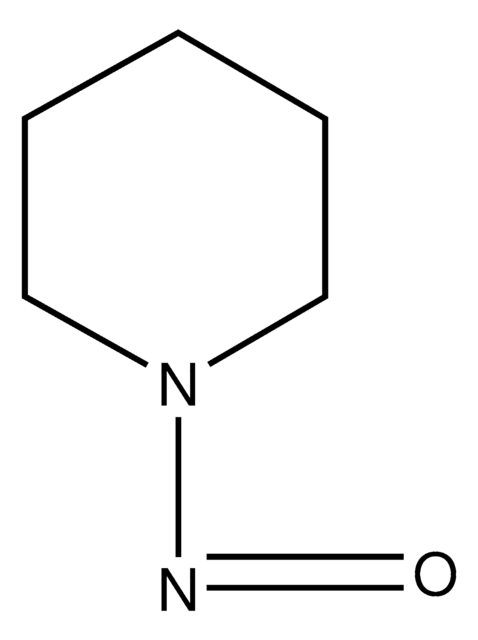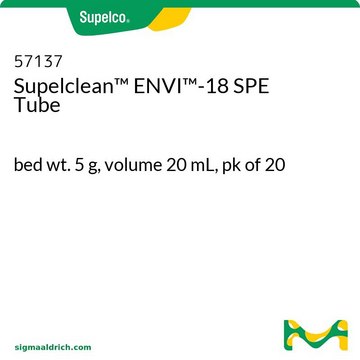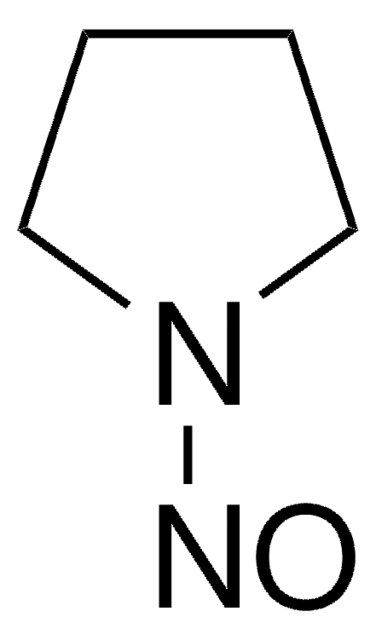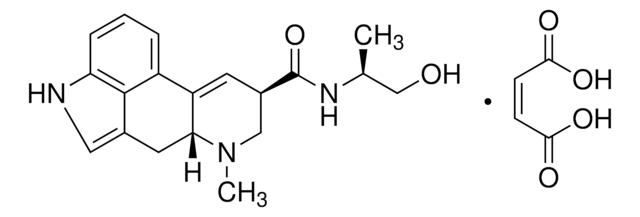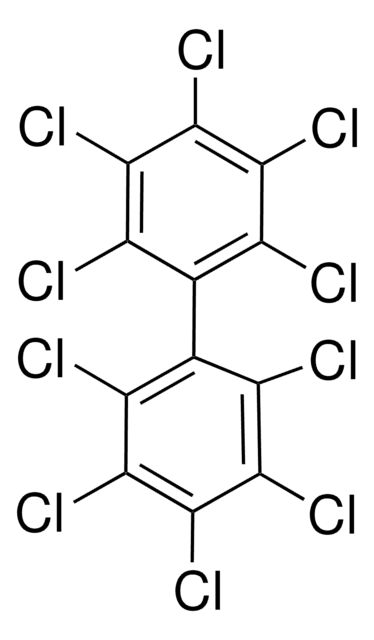69659
pLysS DNA - Novagen
Iniciar sesiónpara Ver la Fijación de precios por contrato y de la organización
About This Item
UNSPSC Code:
41106602
NACRES:
NA.51
Productos recomendados
form
solid
Quality Level
manufacturer/tradename
Novagen®
storage condition
OK to freeze
avoid repeated freeze/thaw cycles
shipped in
wet ice
storage temp.
−20°C
General description
pLysS and pLysE are 4886bp plasmids constructed by insertion of the T7 lysozyme gene into the BamH I site of pACYC184 (1). These plasmids are not cloning vectors; they are used in λDE3 lysogenic hosts to suppress basal expression from the T7 promoter by producing T7 lysozyme, a natural inhibitor of T7 RNA polymerase. The two plasmids differ only by the orientation of the T7 lysozyme gene. In pLysS the T7 lysozyme coding sequence is in the antisense orientation relative to the tet promoter, so only a small amount of T7 lysozyme is produced. In pLysE large amounts of T7 lysozyme are produced from the tet promoter. The construct also contains the weak T7 φ3.8 promoter immediately following the lysozyme gene. The p15A origin of replication is compatible with those found in pBR322- and pUC-derived plasmids.
This product is covered under license from Brookhaven National Labs. Commercial entities need to obtain a research use license prior to purchase. Please contact your licensing department to confirm that your company already holds a research use license.
This product is covered under license from Brookhaven National Labs. Commercial entities need to obtain a research use license prior to purchase. Please contact your licensing department to confirm that your company already holds a research use license.
Warning
Toxicity: Standard Handling (A)
Other Notes
1. Studier , F.W. (1991) J. Mol. Biol. 219, 37-44.
Legal Information
NOVAGEN is a registered trademark of Merck KGaA, Darmstadt, Germany
Storage Class
11 - Combustible Solids
wgk_germany
WGK 1
flash_point_f
Not applicable
flash_point_c
Not applicable
Certificados de análisis (COA)
Busque Certificados de análisis (COA) introduciendo el número de lote del producto. Los números de lote se encuentran en la etiqueta del producto después de las palabras «Lot» o «Batch»
¿Ya tiene este producto?
Encuentre la documentación para los productos que ha comprado recientemente en la Biblioteca de documentos.
Nuestro equipo de científicos tiene experiencia en todas las áreas de investigación: Ciencias de la vida, Ciencia de los materiales, Síntesis química, Cromatografía, Analítica y muchas otras.
Póngase en contacto con el Servicio técnico